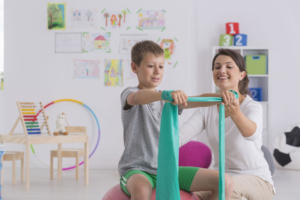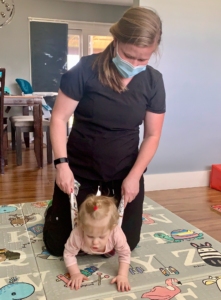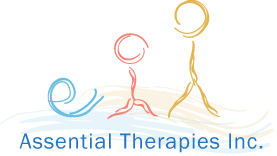 Once you schedule your physical therapy evaluation, our front desk will email you a link to complete your initial paperwork. This paperwork includes your basic registration, Consent forms, HIPPA forms, and financial policy. The paperwork must be completed prior to your first visit. Additionally, please complete the physical therapy health history form on our website. Completing the health history form in detail prior to your session will allow the therapist to better prepare for your visit by choosing appropriate formal and informal assessment tools ahead of time.
Once you schedule your physical therapy evaluation, our front desk will email you a link to complete your initial paperwork. This paperwork includes your basic registration, Consent forms, HIPPA forms, and financial policy. The paperwork must be completed prior to your first visit. Additionally, please complete the physical therapy health history form on our website. Completing the health history form in detail prior to your session will allow the therapist to better prepare for your visit by choosing appropriate formal and informal assessment tools ahead of time.
Plan on spending about an hour at our office for the PT evaluation. During your first appointment, the therapist will review your child’s health history and ask additional questions to get a better picture of your concerns about your child’s development. This interview will allow the therapist to better understand what you want your child to gain from therapy. The therapist will observe your child participating in a variety of “play” activities in our sensory motor gym in order to formally and informally assess his strengths and needs
 In general, following areas of physical characteristics and gross motor development are assessed:
In general, following areas of physical characteristics and gross motor development are assessed:
- Range of Motion – the movement of a joint from end range to end range. This is assessed through the passive or active movement of a joint. Specific measurements may be taken if a joint appears limited.
- Strength – is typically evaluated based on clinical observations of your child’s quality of movement with various gross motor skills and transitions between positions. Strength may also be formally assessed using a standardized test depending on your child’s age.
- Muscle Tone – the amount of muscle contraction at rest. This is assessed by the resistance felt during passive movement. High muscle tone is noted by increased resistance or rigidity of the muscle. Low muscle tone is noted when the muscle feels loose or floppy.
- Balance – is evaluated through clinical observations of your child standing, walking, and/or running.
- Gait – the manner of walking. This is evaluated through observation. The therapist will observe your child walk forward, backward, upstairs, downstairs, hop, jump and/or run.
- Posture – position of the body in standing or sitting. This not only includes the orientation of the head, neck, and trunk, but also the symmetry and alignment of the hips, legs, and feet.
- Gross Motor Skills – include rolling, crawling, running, jumping, and other large movements of the body. The therapist will assess the ability of your child to perform certain skills as well as their quality of movement.
At the end of the evaluation, your therapist will review her clinical impressions and make recommendations for future therapy visits. It takes time to score standardized tests, so your therapist will discuss the details of the formal assessment findings during your following visit. At this time, you will be directed to the scheduler to schedule ongoing therapy appointments. Hopefully, this information will prepare you for your first visit. We look forward to helping you and your child.
